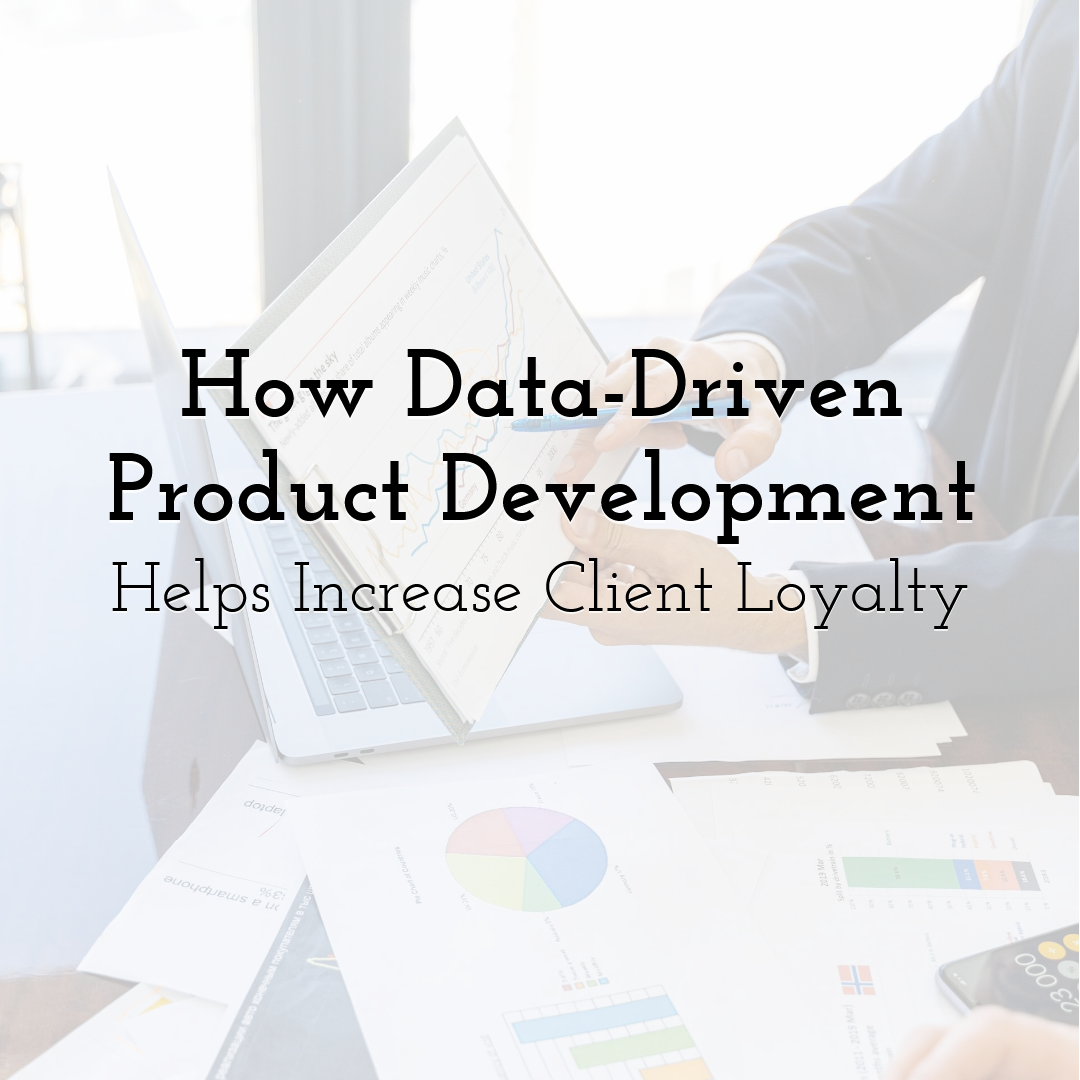How Data-Driven Product Development Helps Increase Client Loyalty

In a market where preferences shift rapidly, data-driven product development offers businesses a structured approach to adapt their products without relying on guesswork. Rather than relying on instincts or outdated assumptions, companies can interpret trends, behaviours, and sentiment through clear metrics. By anchoring design decisions in verifiable insight, development efforts are more likely to produce offerings that match evolving customer priorities.
Turning Feedback into Actionable Insight

Reviews, support tickets, phone interactions, and surveys are rich sources of information that are often underutilised. When filtered through an analytical lens, these inputs reveal patterns that would otherwise go unnoticed. Design teams can respond to recurring frustrations, replicate praised features, and discard ideas that lack traction. Transforming passive feedback into product enhancements fosters trust and demonstrates that customer input drives tangible improvements. Aircall and similar solutions show how phone systems can also be a valuable channel for collecting feedback during customer support interactions, especially in the post-purchase phase, since these conversations often capture needs and frustrations in real time. When exploring the different types of phone systems, businesses can benefit from modern cloud-based options, which not only streamline communication but also make it easier to gather and analyze feedback directly from support calls—helping teams respond faster and enhance the overall customer experience.
Analysing Behaviour to Reveal Opportunity

Beyond direct commentary, product usage data offers another layer of depth. Heatmaps, navigation flow, and session duration tell stories that words sometimes obscure. By tracking how people engage with a service or tool, developers can identify bottlenecks, popular features, and areas needing refinement. This silent data is essential to understanding what drives retention and where adjustments should focus.
Predicting Needs Before They Emerge

Advanced models powered by machine learning help forecast demand before it fully materialises. These predictive tools evaluate historical patterns and real-time data to project future behaviour. Anticipating shifts gives businesses a head start in addressing potential pain points. This proactive approach often leads to innovation that customers didn't explicitly ask for, yet quickly adopt once released.
Broadening Appeal Through Market Segmentation

Personalised experiences depend on recognising that different audiences want different outcomes. Segmenting a user base by region, industry, or behaviour enables tailored development. What works for a first-time buyer may not be suitable for a seasoned client. Distinct segments yield more focused design, ensuring that releases satisfy a wider spectrum of users, not just a generic average.
Enhancing Loyalty Through Continuous Improvement

Releasing a product isn't the final stage; it's a checkpoint. Post-launch analytics act as a guide for ongoing development. Brands that actively refine their offerings based on performance data show a commitment to delivering lasting value. When customers witness consistent evolution driven by their experiences, they're more inclined to stay loyal and endorse the brand through their use and positive reviews.
Integrating Cross-Functional Intelligence

Insights gathered from data benefit more than developers. Marketing, support, and sales teams also gain clarity on what matters to users. Cross-functional alignment ensures that messaging, service, and upgrades are consistent and aligned with customer needs. A unified approach to responding to user behaviour fosters reliability and strengthens emotional connections with the brand.
Building Emotional Connections Through Relevance

Products that resonate with users' genuine needs become an integral part of their daily routines. When people feel seen and understood by the tools they use, loyalty grows naturally. Data reveals the deeper motivations and unspoken desires that drive user engagement. Development that leverages this understanding moves beyond mere functionality and into meaningful impact.
Insight-Led Design Builds Long-Term Trust

When innovation is rooted in real-world observation, users feel heard, valued, and supported. Data-driven product development offers a framework for creating relevance at scale while ensuring resources aren't wasted on features that fail to connect. Through continuous measurement, rapid adaptation, and segment-specific refinement, businesses can shape experiences that deepen loyalty and extend lifetime value. It's not just about products that work—it's about products that work for them.
Recommended posts
-

Why YouTube Ads Should Be Part of Every Brand’s Marketing Mix
Read More › -

8 Social Media Automation Tools that will Boost Your Traffic
Read More › -

Empowering Marketing With AI: How to Use AI SEO Tools
Read More › -

5 Ways to Build a Personal Brand from Scratch
Read More › -

Influencer Marketing in Education: Collaborating with Alumni and Current...
Read More › -

Best Proven Marketing Tools for Social Media in 2020
Read More ›
